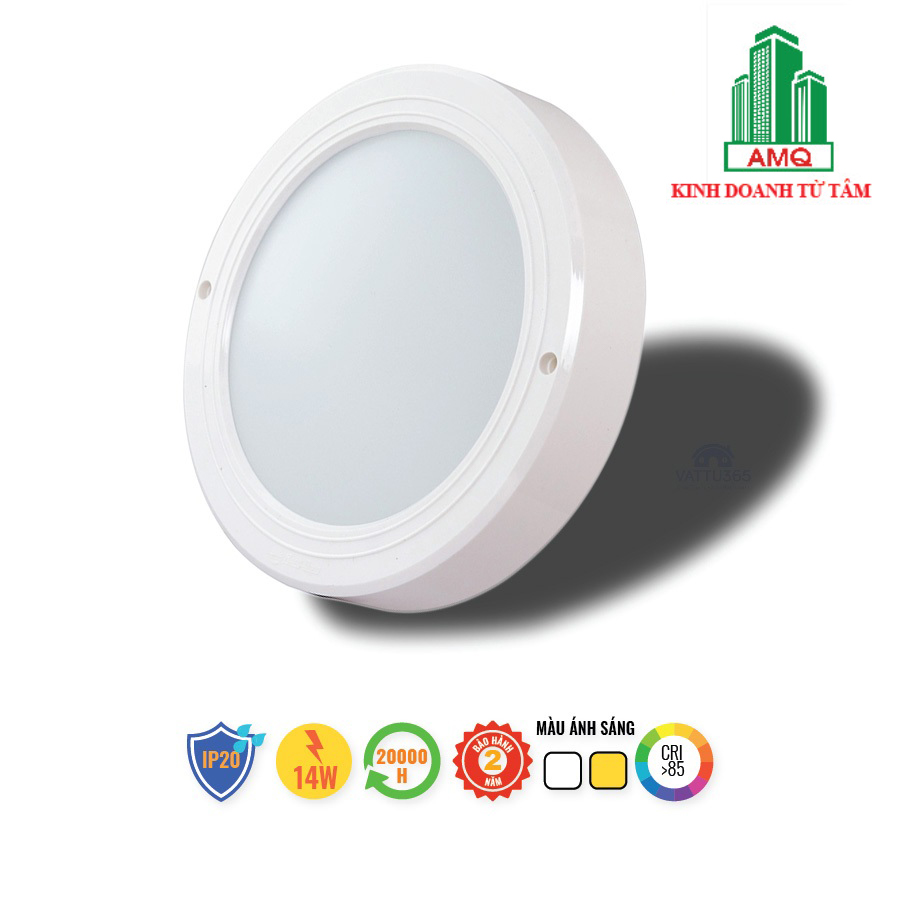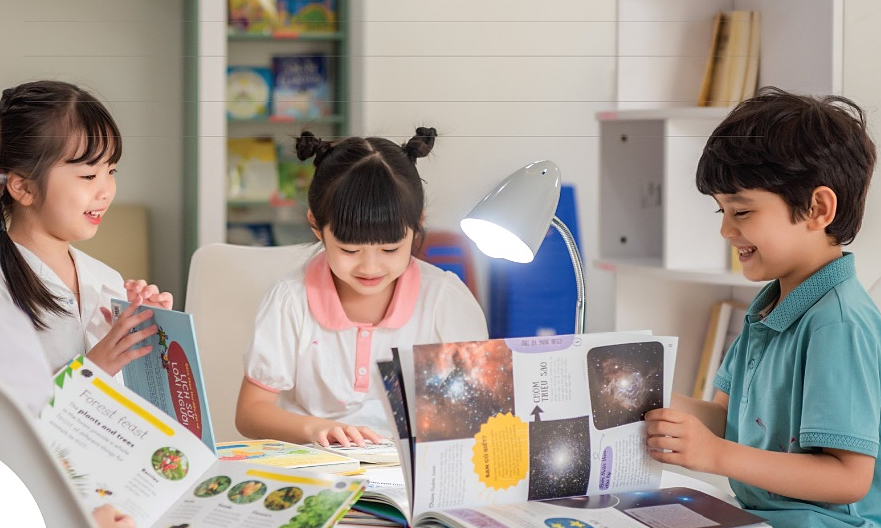The indoor lighting system should choose yellow or white light?
A home's space should have both direct and indirect lighting systems, combining yellow and white light, according to experts.
My house has completed its rough construction and is about to enter the finishing stage. However, family members still haven't reached a consensus on the lighting aspect: my spouse and I prefer installing a lighting system with white light, while my parents prefer yellow light.
I’d like expert advice: What type of lighting should be used in a home, how should the lighting system be arranged to ensure efficiency and aesthetics, and what are the advantages and disadvantages of common types of lights available on the market?
Expert Advice:
In a house or apartment, there are typically multiple functional rooms, so lighting systems may vary. Fundamentally, a good system should include both direct and indirect lighting, combining yellow and white light.
- Distinguishing direct and indirect lighting:
| Light Type | Direct | Indirect |
| Concept | Light emitted directly from the bulb. | Light diffused through a barrier such as a shade, frosted glass cover, or recessed slot. |
| Purpose | Creates highlights and strong impressions. | Provides a soft, non-glaring effect. |
| Color | Should be yellow light. | Should be white light. |
- Distinguishing yellow and white light:
| Light Type | White | Yellow |
| Purpose | Gives a calm, alert feeling but makes colors appear pale and less realistic. | Creates a warm feeling, suitable for relaxation and rest. |
| Lamp Types | Neon, compact... | Neon, compact, tungsten, halogen... |
Based on this, you should consider the specific function of each room in your home to choose the appropriate type and quantity of lighting. In a single room, there should be at least two lighting systems: one primary and one supplementary.
The primary lighting system can be direct, using recessed downlights with compact or LED bulbs. The supplementary system can be indirect, achieved through ceiling slots with tube lights or LED strips. Note that, except for entertainment rooms, you should avoid using colored lights like green, red, or purple, as they can distort colors and negatively affect vision.

Some Common Types of Lights
- Pendant and chandelier lights: Used in living rooms or dining rooms for focused lighting. Incandescent bulbs are recommended for true color rendering.
- Spotlights, picture lights, statue lights, accent lights, and mirror lights: Halogen incandescent bulbs are ideal. Advantages include high-quality, realistic light close to natural sunlight. Disadvantages: high energy consumption and significant heat output, causing discomfort.
- Lights for lobbies, porches, and staircases: Use incandescent or LED bulbs; avoid compact bulbs as they are prone to burnout due to frequent on-off switching.
Nowadays, compact bulbs and halogen spotlights are gradually being replaced by LEDs due to their decent light quality. LED advantages include energy efficiency, high durability, and a variety of light colors and designs, making them suitable for general, focused, or accent lighting.
Disadvantages include light quality not matching that of high-quality halogen or incandescent bulbs, higher costs, and some LED models with integrated bulbs that require replacing the entire fixture rather than just the bulb if it fails.







